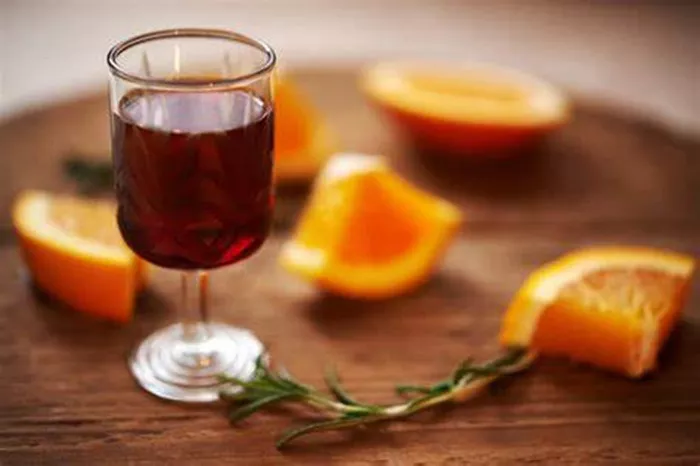Despite enduring years of declining sales, the U.S. wine industry may finally be showing early signs of stabilization, according to new data presented by Jon Moramarco, partner and editor of the Gomberg Fredrikson Report. Speaking during a quarterly webinar, Moramarco suggested the market “may have hit bottom” in 2024, offering a glimmer of optimism for producers and stakeholders alike.
While overall U.S. wine shipments from producers and importers to retailers fell 4.1% last year, specific segments showed resilience. Notably, imports of bottled wine rose 3.7%, and sparkling imports — predominantly Prosecco — surged 9.7%. These increases are particularly encouraging given they occurred after the implementation of trade tariffs, indicating genuine consumer demand rather than strategic stockpiling.
Conversely, domestic producers continue to struggle. Shipments of still U.S. wines dropped 7.5%, while domestic sparkling wines declined 11.3%. The disparity between domestic and imported wine sales is fueling political discussions within the industry, particularly around trade policy and tariffs.
“While the current administration is favorable toward addressing blatant trade imbalances, our California grape and wine producers need to be vocal and active in pushing for tariffs and other protectionist trade policy,” said Jeff Bitter, president of Allied Grape Growers, in an interview with Wine-Searcher. Bitter argued that methodical, targeted tariffs could help level the playing field and bolster domestic sales.
A similar pattern is visible in the beer market. In 2024, imported beer shipments grew by 3.9%, while domestic shipments declined by 3.4%. However, Moramarco noted that this trend has begun to reverse in 2025, citing factors such as trade restrictions and growing concerns over immigration as dampening forces on the popularity of Mexican beer.
Despite lingering concerns, Moramarco expressed cautious optimism about California wine’s trajectory. He noted that a turnaround began in the latter half of 2024, suggesting the third quarter marked the lowest point in domestic wine shipments. While California wine shipments remain 16% below pre-pandemic levels, signs of recovery are beginning to appear.
Spirits Sector Driven by RTDs and Tequila
The spirits industry experienced overall growth in 2024, rising 4.7%, largely due to the explosive popularity of Ready-to-Drink (RTD) cocktails and Tequila. However, when excluding those two categories, the rest of the market contracted by 1.3%.
Tequila sales increased by 6.4% and now nearly double the total sales of all imported whiskies combined. Meanwhile, domestic whiskey shipments dropped 4.3% and have returned to pre-pandemic levels. As a result, U.S. producers are now holding extensive aging inventories.
“Pre-pandemic whiskey producers were sitting on five years. Today they’re sitting on almost 10 years of inventory,” Moramarco said. While this surplus poses a logistical challenge for producers, it may prove beneficial for consumers, as aged whiskey typically gains in quality over time.
Shifting Demographics and Consumption Habits
Millennials, once a source of concern for the wine industry due to their slow adoption of wine, are now outpacing Generation X in alcohol consumption at comparable ages. From 2019 to 2023, Americans aged 30 to 34 consumed an average of 5.45 servings of alcohol per week, second only to Gen X’s 5.61 servings.
In contrast, Generation Z is exhibiting markedly different behavior. Young adults aged 21 to 23 now consume just 5.03 servings per week — a sharp decline from the 7.63 servings recorded by the same age group between 2004 and 2008.
The changing dining landscape also reflects broader shifts in consumer habits. According to Moramarco, the San Francisco Chronicle’s latest Top 100 Restaurants list reveals a move away from traditional fine dining toward more casual, affordable options. Of the 100 establishments, 21 lack alcohol licenses entirely, while only 31 offer a full range of beer, wine, and cocktails.
“When we look at how consumers are eating today, how do we get wine into every restaurant?” Moramarco asked, highlighting a growing challenge for the industry.
Spending Holds Steady Despite Lower Consumption
Despite declines in alcohol consumption, Americans are spending roughly the same amount on alcoholic beverages as before. This trend is partly attributed to price increases and a market shift away from lower-priced wines. Higher-end wine sales, while no longer growing, have remained steady post-pandemic.
“Boxes are important, but at the end of the day, we put dollars in the bank,” Moramarco emphasized. “We’re still seeing consumers spend more.”
While challenges remain, the data suggest a cautious path forward for the wine industry, buoyed by emerging market segments, evolving consumer habits, and the potential benefits of strategic trade policies.
You Might Be Interested In:


